It's Vlada again! As I promised at the end of the previous blog on the traditions of celebrating Christmas and New Year’s in some European countries, now I present to you interviews with students from more distant corners of our planet, who will tell us about the traditions in South Korea and China. At the end, I will also tell you how we celebrate New Year’s Eve in Russia. Ready? Let's go then!
#1 New Year's Eve in South Korea. With Walter Langebartels.
We shall now shift our attention to the Far East – first up is Korea. Walter agreed to give me a few minutes and unveil the secrets behind Korean New Year.
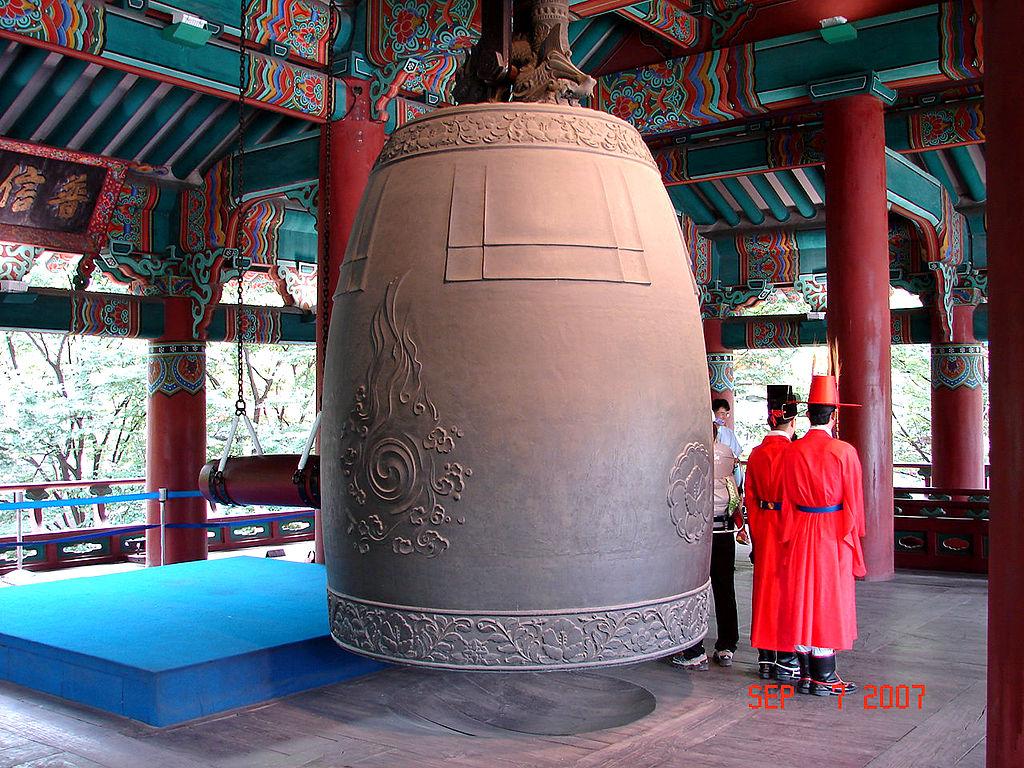
Vlada: Hello Walter! Me and our readers are eager to learn about the traditions of celebrating the New Year in your country!
Walter: Hey Vlada, I would love to tell you about them. To begin, we celebrate twice a year: according to the Gregorian calendar and the Korean calendar, which is a lunisolar calendar. Usually, people drive to the seaside on the 31st of December to celebrate the first day of the year by greeting the first sunrise, or by watching the Boshingak bell ringing ceremony at midnight, where a huge bell is struck.
Vlada: Wow! How unusual, yet beautiful and romantic! And what should usually be done with New Year’s Eve in mind?
Walter: People wear traditional Korean clothes and visit families and wish them good luck and health for the new year. Of course, honouring the ancestors is a very important and integral part too.
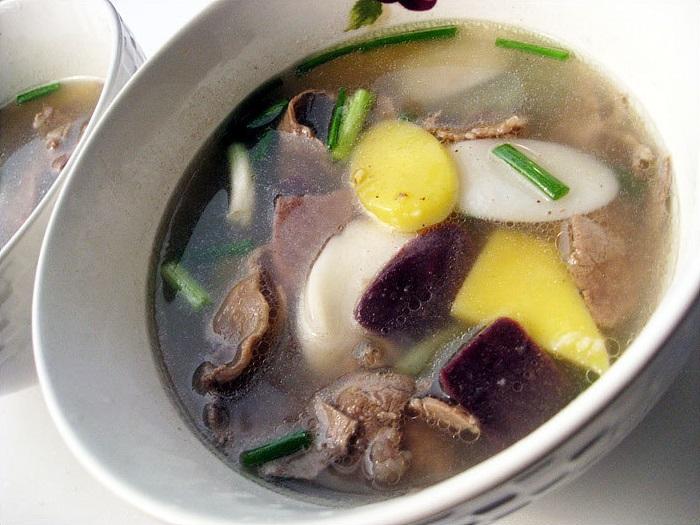
Tteokguk (sliced rice cake soup) made with five colour garae-tteok.
Vlada: Such a kind tradition! In Russia, New Year is also primarily a family holiday. And although we do not wear traditional costumes, we also try to visit relatives, and it is better to get together with the whole family on New Year's Eve. Okay, what's your traditional dish?
Walter: We always eat Tteokguk. It is a soup with rice cakes, but despite the name they aren’t sweet.
Vlada: Cake but not sweet? That is something new! And what do you present to your family members, beloved people, and friends?
Walter: Fruits, meats in a nice box. You must always pay attention to the quality of the food and only pick the largest, and ripest ones. Younger family members perform a ritual kowtow in front of the older family members called “세배” ([sebae], Hanja: 歲拜 literally "worship elders"), and in return receive money.
Vlada: How lucky the kids are in Korea! (laughs) Well, what does your Santa Claus look like? Probably also somehow unusual?
Walter: No. This might surprise you, but the Christian minority in Korea is largely influenced by America and therefore our Santa Claus looks like the Coca-Cola Santa and comes on the 24th of December.
Vlada: This is a twist! In general, very interesting and unusual traditions! Thank you very much Walter! Finally, I would like to ask you to wish our readers a Happy New Year in Korean!
Walter: 기쁜 성턴절 보내시고 새해 복 많이 받으세요! [Gippeun seongteonjeol bonaeshigo saehae bok mani badeuseyo!]
That was just one story from Walter about New Year's traditions in South Korea.
#2 New Year's Eve in China. With Bo.
And we continue our journey in the east. Bo has kindly agreed to tell you and me about New Year's traditions in China.
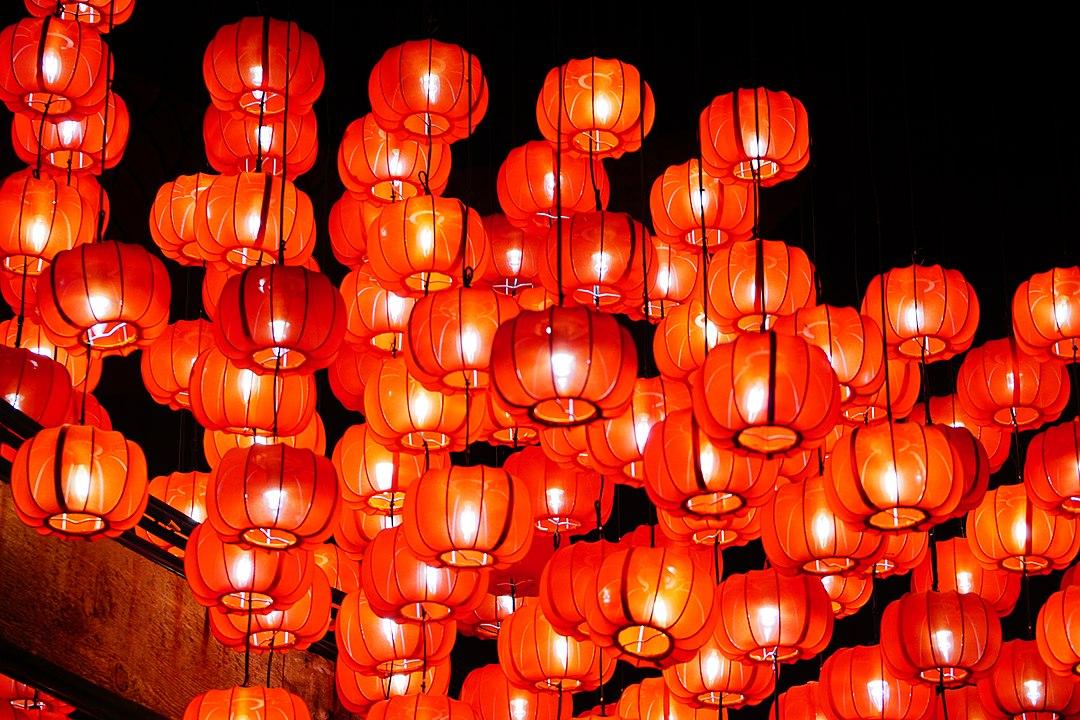
Vlada: Hey, Bo! Thanks for joining me and telling our readers about New Year’s Eve in China! We want to hear all the details and unusual things!
Bo: Hey, Vlada! Thank you for inviting me! I’m more than happy to tell you about the celebration of this wonderful holiday in my country. The traditional New Year (the Spring Festival) in China is according to the Chinese lunar calendar, which usually varies from year to year. In particular, the festivities for the New Year’s Eve of 2021-2022 take place on the 1st of February 2022. Another New Year’s Eve is on the same date as the western one, the 1st of January.
Vlada: Ooo, I would love to celebrate New Year twice a year! It is such a beautiful and family holiday! How is the New Year usually announced?
Bo: Well, there would usually be a big screen on a particular square that counts down until the arrival of the New Year with fireworks in the background.
Vlada: You also have fireworks! Just like in Austria and Germany! Do you also decorate your house or apartment with a Christmas tree?
Bo: No, we decorate windows with red paper-cut crafts which usually have fixed traditional patterns and hang a red lantern outside or inside the house.
Vlada: Beautiful! And my favorite question: tell us about your traditional New Year’s dish!
Bo: Actually, it varies among provinces. For my family, the most interesting thing is the fish dish, whose name is pronounced the same as the word “remain” in Mandarin. It probably means that we will save more money next year. Also, most people eat “Tangyuan”, basically a ball-shaped dessert, made of glutinous rice with smashed black sesame seed inside (normally) and dumplings.
Vlada: Sounds unusual! I tried dumplings; they taste good!
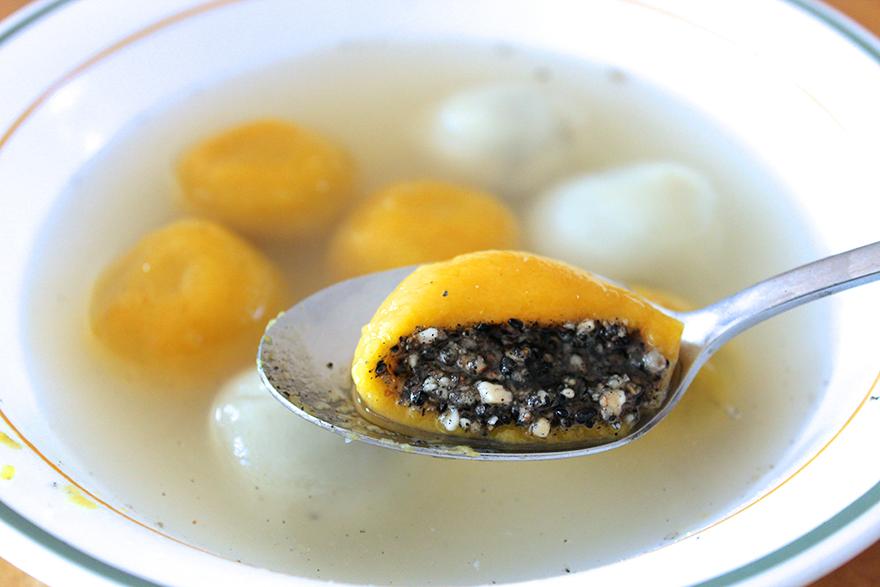
Vlada: And what do people usually gift each other?
Bo: Seniors receive a red scarf, health products, while kids receive whatever they want. They are granted one wish before the New Year arrives. And one very important detail! (raises finger) Everybody receives a red package from others, which contain some new notes (money) for a good wish.
Vlada: Very interesting! And one last question for you: What does Santa Claus look like in China in case there is one?
Bo: Let me show you the picture. In Chinese 灶君 [Zào Jūn], and the direct translation would be the god of kitchen (a bit funny).
Vlada: A god of kitchen? Yes, sounds quite funny! Okay, Bo, thank you very much for your time and story! Have a nice holiday!
Bo: You too, Vlada! In China we say: “圣诞快乐!新年快乐!” [Shèngdàn kuàilè! Xīnnián kuàilè!], Which means Merry Christmas and Happy New Year!
Bo Peng from China told us about traditions of celebration of the New Year’s Eve in his country.
#3 New Year's Eve in Russia. By me, Vlada.
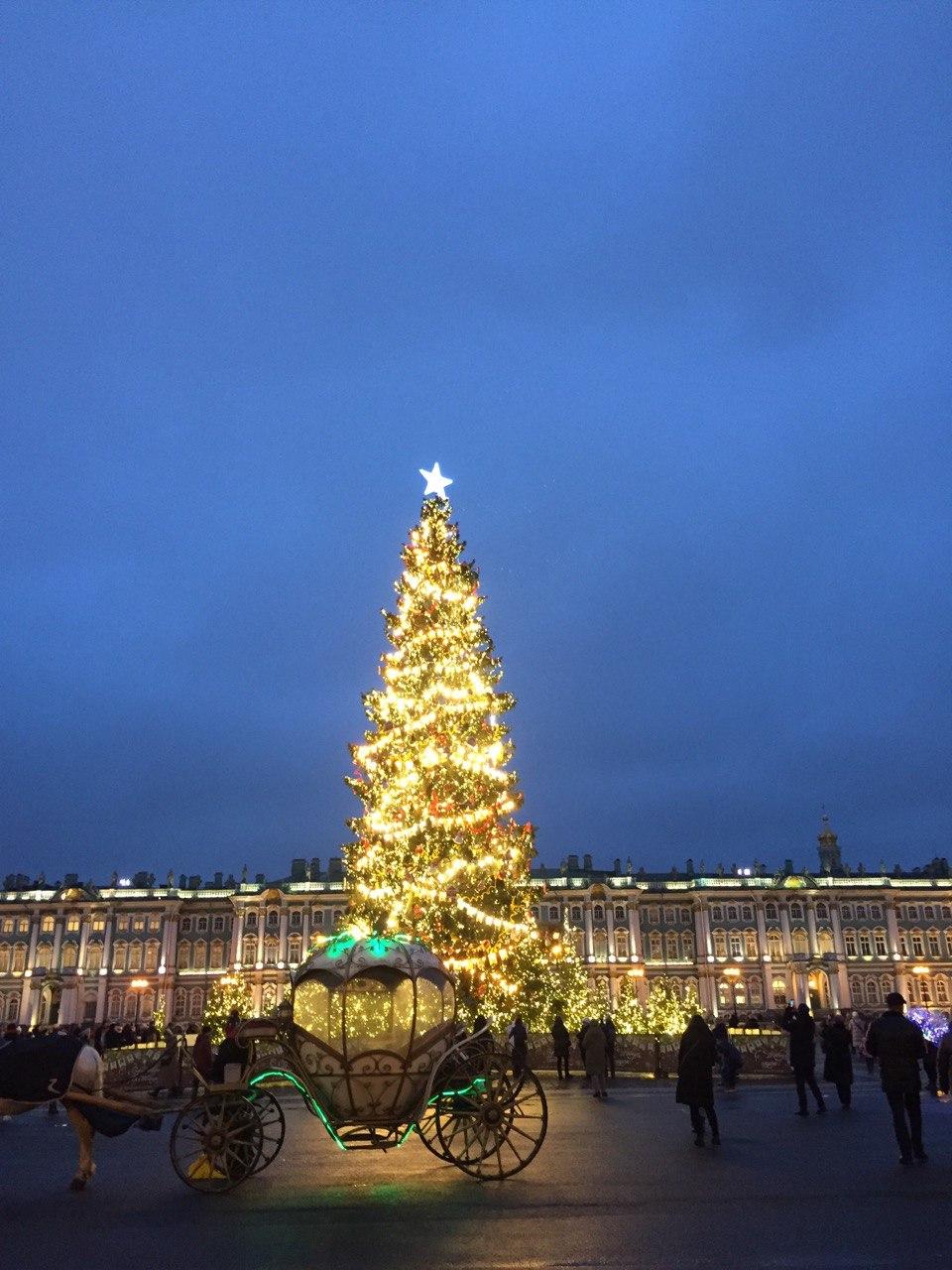
And finally, I cannot help but share with you the traditions of celebrating the New Year in my home country of Russia. Of course, we don't dance with bears, but we do drink vodka!
Before we begin, I would like to mention that Russia is an orthodox country, so we celebrate New Year’s Eve before Christmas and begin preparations long before the start of this long-awaited holiday. The city is decorated with garlands, huge Christmas trees are placed on all squares and the beloved Soviet films are shown on TV. It is worth noting that these films are often not even related to New Year’s Eve, but the whole country loves them and watches them especially before New Year’s. Of course, we also enjoy watching popular Christmas movies like “Love actually”, “The Polar Express”, “Home Alone”, etc.
At about 11:50 pm, our President Vladimir Putin begins his New Year's speech, which we usually watch on the TV. After his speech, the chimes begin to strike on the Red Square in Moscow. After that, the national anthem of the Russian Federation is played. At this moment, everyone gets up and listens to the anthem while standing, clinking glasses of champagne, and congratulating each other on the New Year.
In Russia, there is a peculiar tradition: If during the 12 strikes of the chime you write your wish on a piece of paper, set it on fire, throw it into your glass of champagne and drink the contents of the glass before the chimes strike 12 times, then this wish will certainly come true in the New Year.
In big cities, most people live in apartments. We decorate these apartments with garlands, homemade paper snowflakes and always put a Christmas tree with balls, garlands, and candies on it.
We also prepare a lot of food, but there are main dishes that you can find on the table of every Russian family – a salad called “Olivier” and “Seledka pod Schuboi”, as well as meat and cake.
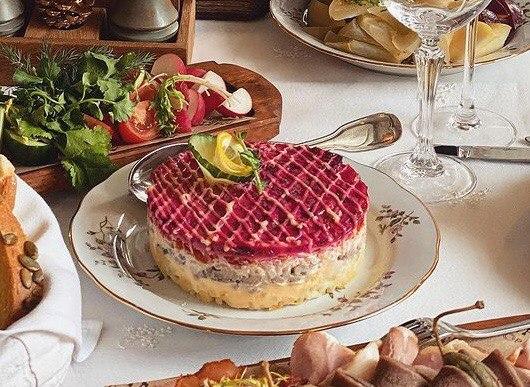
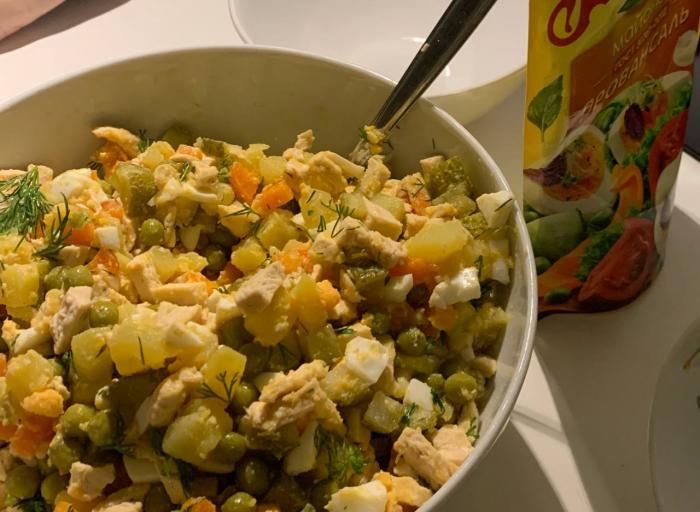
After the anthem, New Year's television programs begin, where stars, actors and singers sing, make parodies, and wish everyone a Happy New Year. During this time, we eat and then exchange gifts. Children often write a letter to Santa Claus before the new year with the wish of what they would like to receive as a present from him.
Our Grandfather Frost and his granddaughter Snegurochka live in Veliky Ustyug in Russia. It is they who bring the New Year to every home.
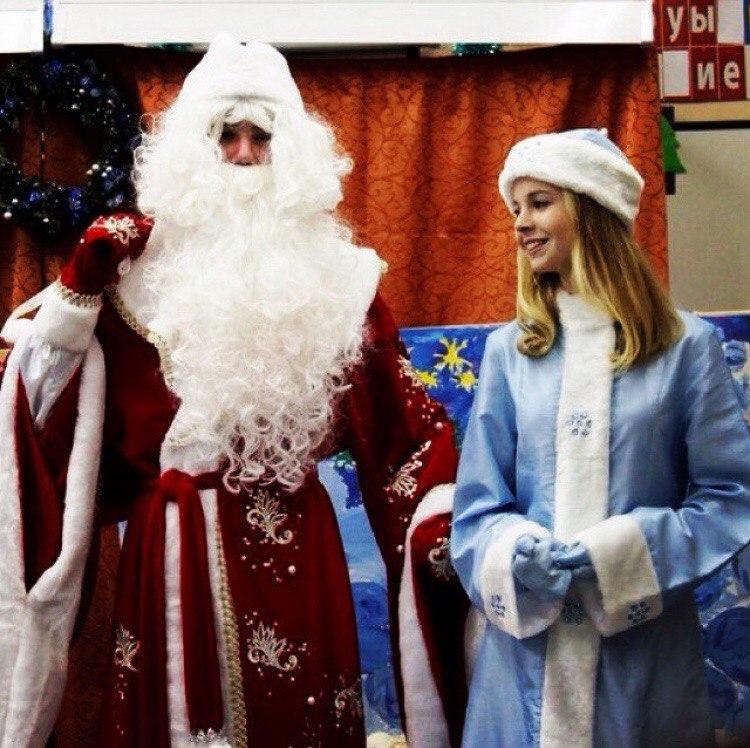
I sincerely wish all of you a Merry Christmas! May you and your loved ones be healthy and happy! Счастливого Рождества! [Schastlivogo Rozhdestva]
Let the New Year's days pass as bright and fun as New Year's Eve itself! May every single minute of 2022 be bright, joyful, and fun. Let all problems melt by themselves, like snow on your palms! Let life change for the better under the solemn noise of chimes and may Santa Claus diligently fulfill all the wishes for the year to come!
May peace of mind, comfort, joy, and optimism always reign in your home! And of course, let all the problems and worries stay in the old year!
Happy New Year! С Новым Годом! [S Novym Godom!]
About the Author
Hi, I'm Vlada Petrova and I am from Russia. I currently taking up Masters in Marketing at the WU, and I currently live in the dorm Thomas-Morus-Heim.
Useful links
- "New Year's worldwide" part 1
- The student residence "Thomas-Morus-Heim" in Vienna
- Blog "An Auslandssemester at the Uni Wien" by Anna Whitehead
